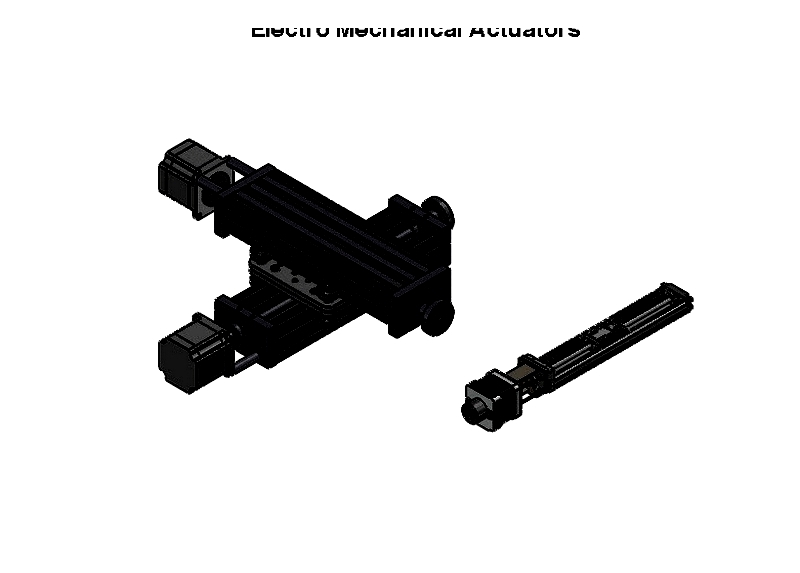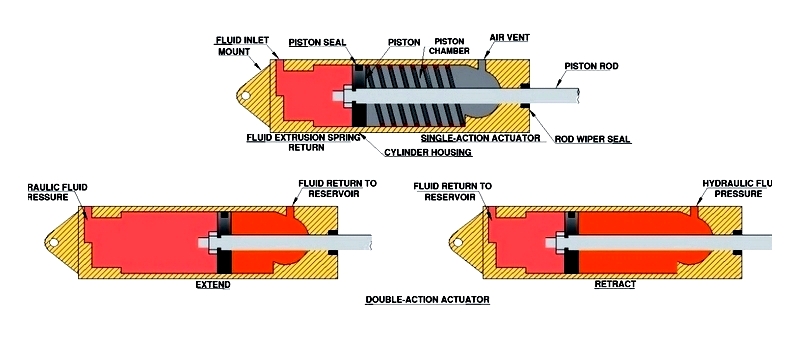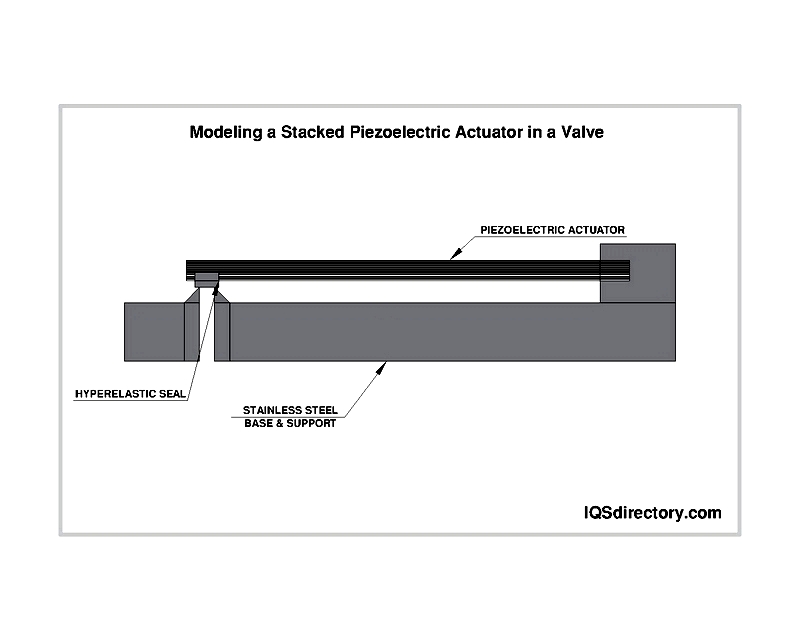Introduction
Here you'll find all the essential information about linear actuators.
You'll discover:
- The definition of a Linear Actuator
- Different Types of Linear Actuators
- How Linear Actuators Function
- Linear Actuator Design Principles
- And additional valuable insights...

Chapter One – Understanding Linear Actuators
Linear actuators convert rotational motion into straight-line movement, enabling the lifting, lowering, sliding, or tilting of objects or materials. They offer efficient, clean, and low-maintenance motion control solutions.
Electric linear actuators combine DC or AC motors with gear assemblies and lead screw mechanisms to extend or retract the main rod shaft. These actuators vary by motor size, with options from 12V DC to 48V DC.
important specifications for linear actuators include both static and dynamic load capacities. Dynamic load refers to the force the actuator can manage during operation, while static load indicates the force it can support when stationary.
The diagram shows an adhesive applicator using an actuator to automate what was previously a manual adhesive application process.

Actuators play crucial roles in automating various tasks, from operating automatic doors to adjusting car seats and controlling computer disk drives. Fundamentally, linear actuators work on the inclined plane principle, where a lead screw uses minimal rotational force to move along the ramp.
Chapter Two – Varieties of Linear Actuators
Linear actuators are vital components that deliver precise linear motion and positioning control in numerous industrial automation and engineering applications. Designed in various configurations, they meet specific needs across industries like manufacturing, robotics, medical devices, automotive systems, and material handling. Classification typically depends on mechanical drive mechanisms (such as screw, belt, or rack and pinion), motion guide systems, and housing designs. Choosing the right linear actuator involves assessing load capacity, speed, stroke length, accuracy, environmental factors, and control system requirements. The following sections explore and compare common linear actuator types, highlighting their features and ideal applications to guide your selection.
Linear Actuator Categories
Mechanical Actuators
As the most basic type, mechanical actuators transform rotary motion into controlled linear displacement. Key varieties include ball screw actuators, lead screw actuators, rack and pinion actuators, belt-driven actuators, and cam actuators. Ball screws and lead screws provide high efficiency and accuracy, making them popular for CNC machinery, precision assembly systems, automated testing equipment, and pick-and-place robots. Belt-driven actuators excel in high-speed, long-stroke applications, while rack and pinion systems deliver powerful linear movement for heavy-duty tasks. Below are mechanical actuator examples from Venture Mfg. Co. in Dayton, Ohio.

Hydraulic Actuators
Hydraulic actuators use pressurized, incompressible fluid to generate substantial linear force and displacement through piston-cylinder assemblies. This configuration allows precise control of powerful, smooth motion even under heavy loads. Commonly found in construction equipment, material handling systems, industrial presses, and marine applications, hydraulic actuators operate by directing pressurized fluid into cylinders to move pistons. When pressure is released or redirected, the piston returns to its original position.
These actuators are prized for their strong force output, continuous-duty performance, and durability in demanding environments. Typical uses include injection molding machines, excavators, industrial presses, lift gates, and aerospace control systems.

Pneumatic Actuators
Pneumatic actuators quickly generate low to medium force and are frequently used as servo devices in automation systems. They convert compressed air energy into controlled mechanical motion through pistons, cylinders, and control valves. Offering fast cycle speeds, low friction, and reliable operation, they're well-suited for conveyor systems, pick-and-place robots, packaging equipment, medical devices, and textile automation.
When choosing pneumatic actuators, consider stroke length, actuation speed, load rating, and air consumption. They're ideal for environments where electric or hydraulic systems might be unsuitable due to explosive or wet conditions, or where rapid cycling is necessary.

Piezoelectric Actuators
Piezoelectric actuators produce precise, rapid motion by applying electrical voltage to piezoelectric materials like advanced ceramics or crystals. This electromechanical effect enables extremely accurate micro- or nano-scale movement, making them essential for high-precision positioning systems, optical devices, medical equipment, and semiconductor manufacturing. The stacked piezoelectric actuator shown below can quickly operate valves with exceptional repeatability, perfect for micro-dosing, scanning microscopy, and precision instrumentation.
Benefits include high resolution, fast response, no mechanical backlash, and low power consumption. Selection considerations include operating voltage, stroke length, and load capacity for specialized applications.

Coiled Actuators
Also called voice coil actuators or linear solenoids, coiled actuators use electromagnetic force to create non-contact, friction-free motion. Current passing through a movable coil within a magnetic field generates force and displacement in a shaft. Adjusting coil turns, current intensity, or magnetic field strength allows precise force control. These actuators are known for fast acceleration, smooth motion, and precise force control, making them suitable for vibration testing, autofocus systems, medical pumps, and high-speed sorting equipment.

Electro-Mechanical Actuators
Electro-mechanical actuators combine electric motors (DC brushless, AC servo, or stepper motors) with mechanical drive systems like ball screws or lead screws to deliver high-precision linear motion and force. These programmable actuators provide precise stroke lengths, force profiles, and speed control, making them indispensable in industrial automation, robotics, laboratory instruments, CNC platforms, packaging machinery, and process control systems. They come in simplified, standard, and compact designs to accommodate various space and performance needs.
Advantages include easy integration with PLCs and motion controllers, energy efficiency, minimal maintenance, and versatile force and speed adjustment. Selection factors include feedback options, mounting styles, environmental protection ratings (IP ratings), and integrated control capabilities.
Telescoping Actuators
Designed for space-constrained applications requiring extended reach, telescoping actuators feature retractable sections (often nested tubes) that provide long stroke lengths relative to their compact retracted size. Common configurations include rigid belt, segmented spindle, rigid chain, or helical band designs.
Typical applications include medical beds, adjustable workstations, lifting columns, stage platforms, and automated storage systems. Key considerations when selecting telescopic actuators include cycle frequency, load ratings, stroke requirements, and safety device integration.





